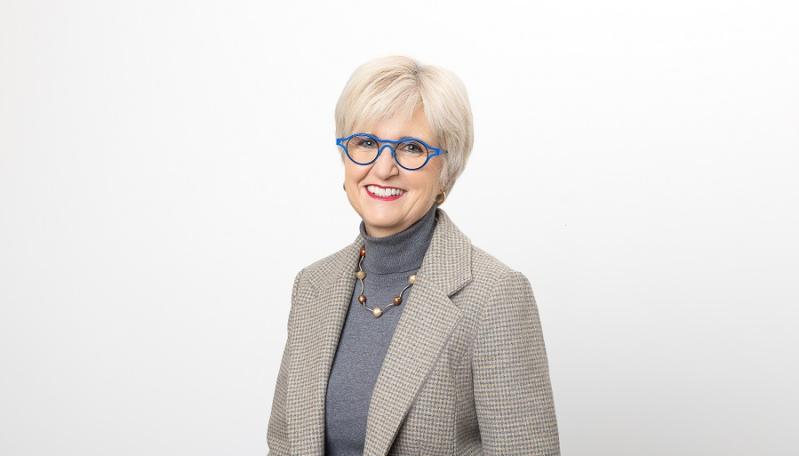
To mark the International Day of Zero Tolerance for Female Genital Mutilation (FGM) on 6 February, the European Institute for Gender Equality (EIGE) has released estimations of the number of girls at risk of FGM in Denmark, Spain, Luxembourg and Austria.
The estimations find that increases in the number of migrants from FGM-practising countries since 2011 has pushed up the number of girls at risk in Spain, Luxembourg and Austria. EIGE has now calculated the numbers of girls at risk in a total of 13 EU Member States.
However, changes in countries of origin of migrants in Spain and Austria have shrunk the share of girls at particularly high risk of FGM. In Austria, for example, the largest group of girls at risk now comes from Iraq. Iraq has a much lower prevalence rate of FGM than Ethiopia, which is where most girls at risk came from in 2011. FGM-affected communities in the EU also largely hold negative views around the practice and believe it is slowly dying out in their countries of origin.
“EIGE’s latest estimations of the number of girls at risk of FGM show that legislation and campaigns work. The absolute number of girls at risk has gotten bigger because there are more girls from FGM-practising countries living in the EU, but affected communities are increasingly opposed to the practice and frequently lead efforts to eliminate it. We are winning the fight against FGM,” said Carlien Scheele, EIGE’s Director.
EIGE estimates that in Denmark, between 11 and 21 % of girls originating from FGM-practising countries are at risk (1,408 - 2,568 girls). In Spain the share is 9 - 15 % (3,435 - 6,025 girls), 12 - 17 % in Luxembourg (102 - 136 girls) and 12 - 18 % in Austria (735 - 1,083 girls). Asylum seeking girls are at higher risk in all countries for which we have data, with the share of girls at risk reaching 37 % in Denmark, 19 % in Luxembourg and 31 % in Austria.
Anti-FGM legislation and policy is strong in all four countries of EIGE’s study. All countries criminalise FGM, including when performed abroad. However, protection is weaker for women and girls trying to enter the EU to seek safety from FGM. Out of the four countries in the study, only Luxembourg formally recognises FGM as grounds for asylum. While FGM has been a factor in successful asylum applications in Denmark, Spain and Austria, such cases are rare. In Spain, the majority of FGM-related applications are rejected because FGM is illegal in the country of origin, though it may still take place in practice.
In order to eliminate FGM, EIGE recommends EU Member States provide specialised training to professionals in sectors dealing with affected communities, such as healthcare, education, law enforcement and child protection, asylum and migration. EIGE also recommends countries implement national registration systems to record cases of FGM, invest in grassroots campaigns, and recognise FGM as a form of gender-based persecution in the asylum system.
FGM is a severe form of gender-based violence that leaves deep physical and psychological scars on the lives of victims around the world. It is a violent form of subordination of women and girls and it stands in gross contradiction to the principle of gender equality. As long as the practice persists, EIGE will continue to help the EU eliminate it.
Notes to editors
EIGE has developed a methodology to estimate the number of girls at risk of FGM in the EU and has applied it to a total of 13 Member States. The calculation includes a high-risk and a low-risk scenario. In the high-risk scenario, it is assumed migration has no impact and that girls originating from an FGM-practising country and living in an EU country face the same risk as if they had never migrated. In the low-risk scenario, it is assumed that migration and integration have an impact on risk by changing attitudes to FGM.
As part of the study, focus groups were held with FGM-affected communities in Denmark, Luxembourg, Spain and Austria. The communities in each country came from:
- Austria: Egypt and Sudan.
- Denmark: Somalia, Iraq and Iran.
- Luxembourg: Eritrea, Guinea-Bissau, Guinea and Senegal.
- Spain: Senegal, Guinea, Mali, Somalia, Nigeria, The Gambia and Ethiopia.
Further reading
How many girls are at risk? Country factsheets for Austria, Denmark, Luxembourg and Spain
Estimation of girls at risk of female genital mutilation in the European Union: Step-by-step guide



